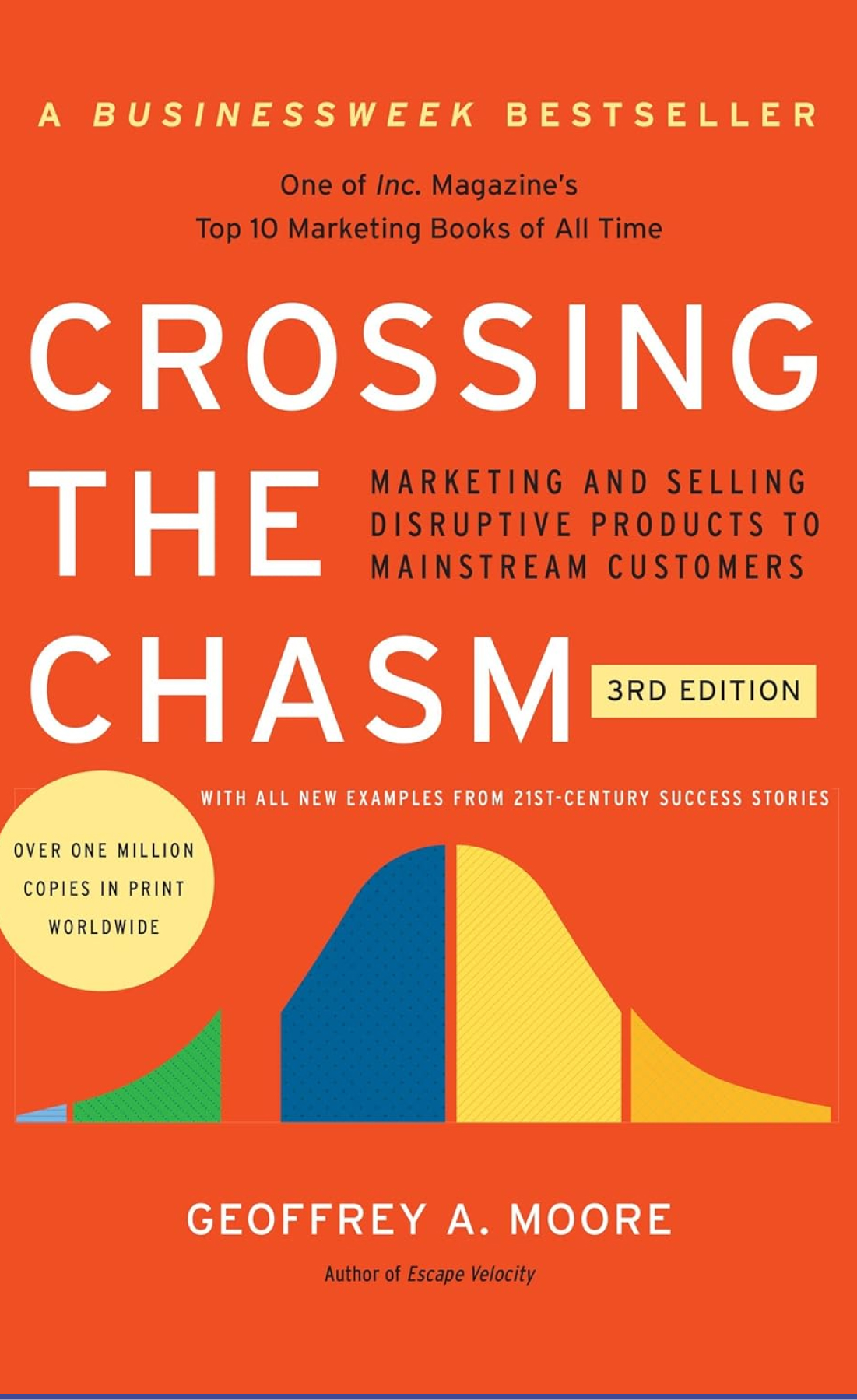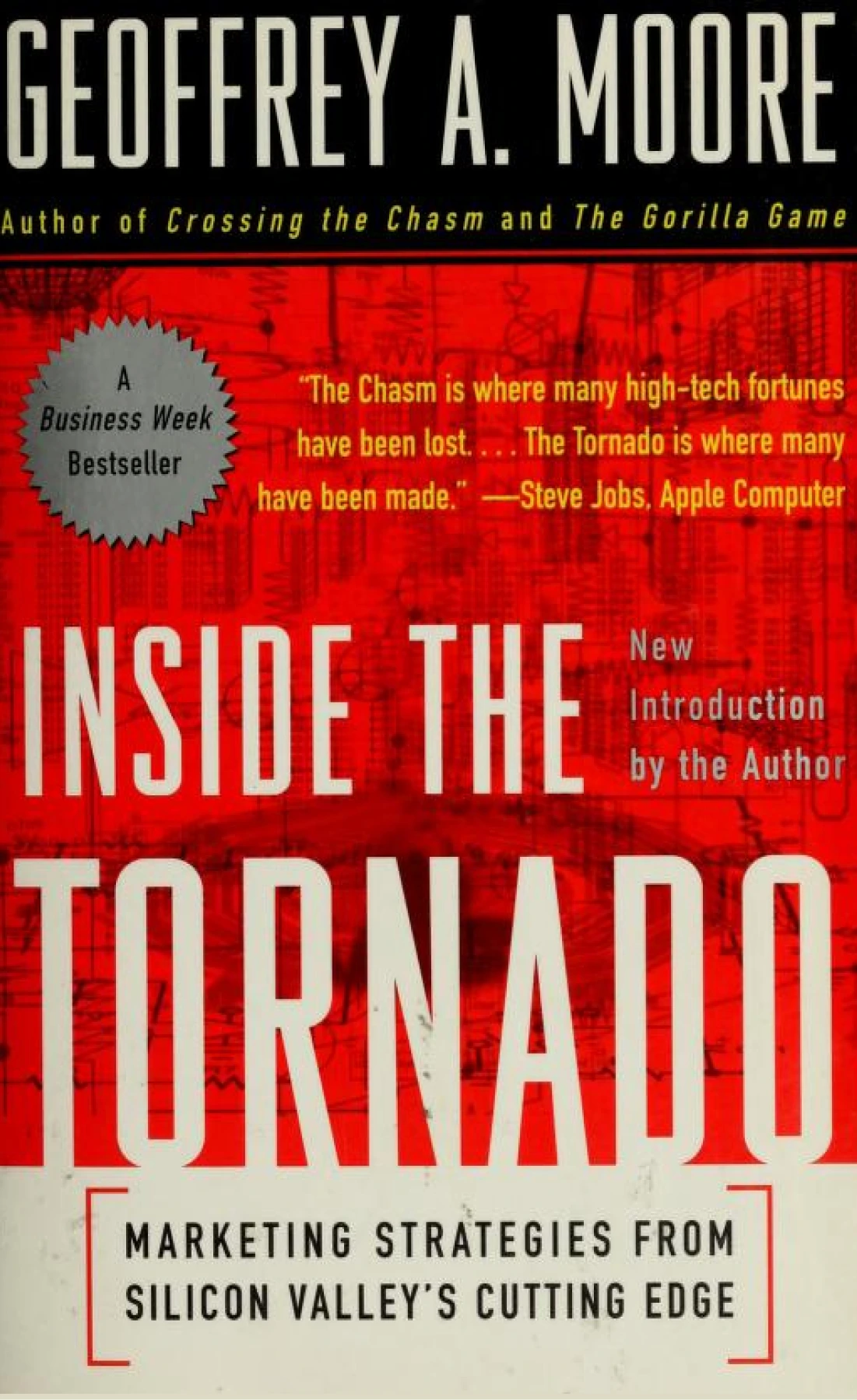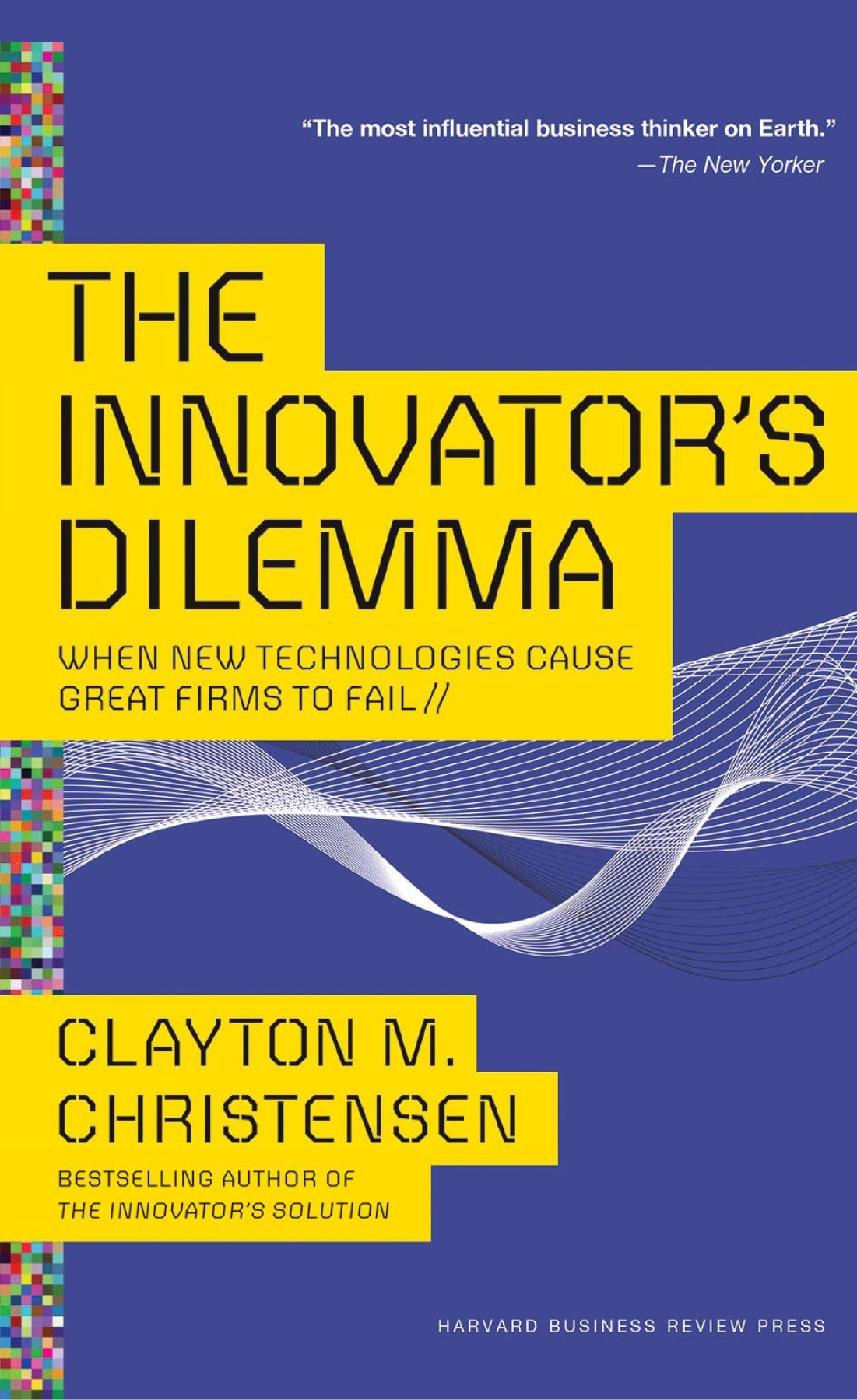Major concepts

Crossing the Chasm
Crossing the Chasm highlights the gap between early adopters and the early majority. It shows why companies need specific strategies to move from initial excitement to broader market success.

- Early adopters are not the same as the early majority.
- Early success doesn’t guarantee mass appeal.
- Build credibility and ensure the product is ready for the next wave of users.
- Target niche markets first to secure a foothold before expanding.
The idea of Crossing the Chasm comes from Geoffrey Moore. It focuses on the growth challenges companies face, especially in tech.
It's about moving from early adopters—who quickly embrace new products—to the early majority, who need more proof and assurance.
This shift is where many technologies stumble, not because of a bad product, but because of a poor adoption strategy.
Understanding the Chasm
The chasm lies between two different groups:
- Early Adopters: Tech enthusiasts eager to try new things.
- Early Majority: More cautious, practical users who want proof before buying in.
The chasm represents a common point of failure: assuming that early success will naturally lead to mass adoption.
Many startups get stuck here without a clear strategy to bridge the gap.
Why It Happens
Early adopters and the early majority have very different needs:
- Early adopters are willing to experiment and forgive flaws.
- The early majority wants reliability and social proof before they buy in.
What works for the first group often doesn’t resonate with the second. Without a strategy to adjust messaging and product features, growth can stall.
Strategies to Cross the Chasm
To overcome these challenges, companies need to:
- Focus on the core market segment you want to reach.
- Build credibility with testimonials and success stories from early adopters.
- Refine the product to meet the expectations of the more demanding early majority.
- Target niche markets first to create a solid base before trying to expand.




